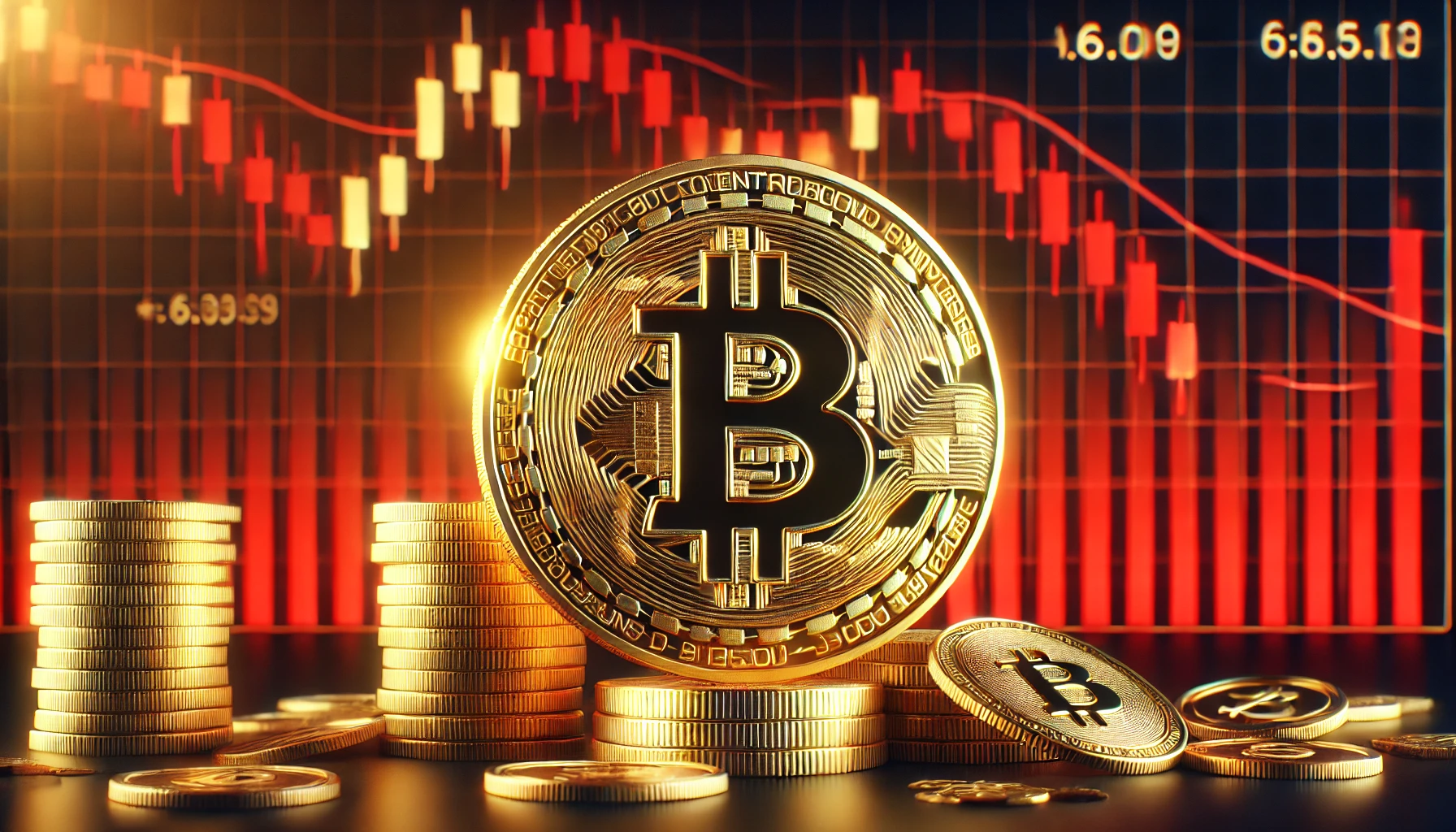This article explores the transformative role of non-fungible tokens (NFTs) in the digital art world, highlighting their benefits, challenges, and future potential.
Points
- Explanation of NFTs and their unique properties.
- How NFTs are transforming the digital art market.
- Benefits and challenges associated with NFTs in the art world.
Non-fungible tokens (NFTs) have emerged as a groundbreaking innovation in the digital art world, offering unique opportunities and challenges. This article explores the transformative role of NFTs, their benefits, challenges, and future potential.
What are NFTs?
NFTs are unique digital assets that represent ownership of a specific item or piece of content, such as digital art, music, or collectibles. Unlike cryptocurrencies like Bitcoin, which are fungible and can be exchanged on a one-to-one basis, NFTs are unique and cannot be exchanged on a like-for-like basis. Each NFT has a distinct value and ownership history, recorded on a blockchain.
Transforming the Digital Art Market
NFTs have significantly impacted the digital art market by providing a way for artists to tokenize their work, creating a new model for ownership and distribution. Key ways in which NFTs are transforming the digital art world include:
- Ownership and Authenticity: NFTs provide a verifiable proof of ownership and authenticity, addressing issues of duplication and fraud that have long plagued the digital art market.
- Monetization Opportunities: Artists can monetize their digital creations by selling NFTs directly to collectors, bypassing traditional intermediaries like galleries and auction houses.
- Royalties: Smart contracts enable artists to earn royalties on secondary sales of their work, ensuring they benefit from the increasing value of their art.
- Global Reach: NFTs allow artists to reach a global audience, expanding their market and potential for sales.
Benefits of NFTs in the Art World
- Empowerment of Artists: NFTs empower artists by giving them greater control over their work and its distribution. They can set terms for sales, including royalties, and reach a broader audience without relying on traditional gatekeepers.
- New Revenue Streams: NFTs open up new revenue streams for artists, allowing them to sell digital works that might not have been monetizable before. This includes digital-only art, virtual reality experiences, and multimedia projects.
- Increased Transparency: The blockchain technology underlying NFTs provides transparency in the provenance and ownership of digital art, reducing the risk of fraud and ensuring trust in the market.
- Community Building: NFTs enable artists to build and engage with communities of collectors and fans, fostering a closer connection and direct interaction.
Challenges and Considerations
- Environmental Impact: The energy consumption associated with blockchain transactions, particularly on networks like Ethereum, has raised concerns about the environmental impact of NFTs.
- Market Volatility: The NFT market is highly speculative and can be volatile, with prices for digital art fluctuating widely based on market trends and hype.
- Legal and Regulatory Issues: The legal framework for NFTs is still evolving, and there are uncertainties around intellectual property rights, taxation, and consumer protection.
- Accessibility and Inclusivity: While NFTs offer opportunities for artists, the technical knowledge required to create and sell NFTs can be a barrier for some. Additionally, the cost of minting NFTs can be prohibitive for emerging artists.
Future Potential
The future of NFTs in the digital art world is promising, with continued innovation and adoption expected. Potential developments include:
- Integration with Virtual and Augmented Reality: NFTs could be integrated with virtual and augmented reality platforms, creating immersive digital art experiences.
- Advancements in Blockchain Technology: Improvements in blockchain technology, such as more energy-efficient consensus mechanisms, could mitigate environmental concerns.
- Expanded Use Cases: Beyond art, NFTs could be used for a wider range of digital assets, including music, virtual real estate, and intellectual property rights.
- Greater Accessibility: Efforts to simplify the creation and sale of NFTs could make the market more accessible to a diverse range of artists and creators.
Conclusion
NFTs are revolutionizing the digital art world by providing new opportunities for ownership, monetization, and global reach. While there are challenges to address, such as environmental impact and market volatility, the potential for NFTs to transform the art market is immense. As technology and regulations evolve, NFTs are likely to play an increasingly important role in the future of digital art.
解説
- NFTs: Unique digital assets representing ownership of specific items, recorded on a blockchain.
- Transformation: NFTs enable ownership and authenticity verification, new monetization opportunities, royalties, and global reach for digital artists.
- Benefits: Empowerment of artists, new revenue streams, increased transparency, and community building.
- Challenges: Environmental impact, market volatility, legal and regulatory issues, and accessibility.
- Future Potential: Integration with VR/AR, blockchain advancements, expanded use cases, and greater accessibility.
- Conclusion: NFTs offer transformative opportunities for the digital art market, with significant potential for future growth and innovation.
